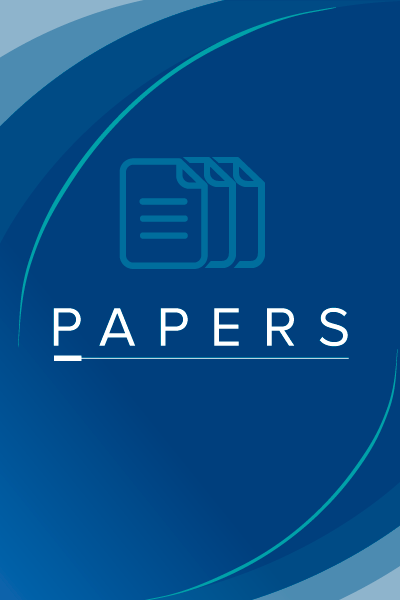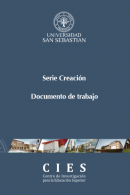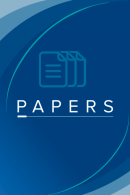
Evaluación preoperatoria y predictores de morbimortalidad en resección de cáncer de pulmón
| PROCEDENCIA(S): | Ciencia y Medicina, USS de La Patagonia. |
|---|---|
| CATEGORÍA(S): | Cirugía, Fisiología, Oncología, Sistema Cardiovascular y Cardíaco, Sistema Respiratorio. |
| AUTOR(ES): | Andrés Rojas G / Marcela Opazo V / Marcela Hernández P / Paulina Ávila V / Daniel Villalobos S. |
| TIPO DE MATERIAL: | Artículos, Investigación. |
| ARCHIVO: |
 Reconocimiento CC BY. Esta obra está bajo una Licencia Creative Commons Reconocimiento CC BY 4.0 Internacional.
Reconocimiento CC BY. Esta obra está bajo una Licencia Creative Commons Reconocimiento CC BY 4.0 Internacional.
Surgical resection of lung cancer, the only available curative option today, is strongly associated with mortality. The goal during the perioperative period is to identify and evaluate appropriate candidates for lung resection in a more careful way and reduce the immediate perioperative risk and posterior disability. This is a narrative review of perioperative risk assessment in lung cancer resection. Instruments designed to facilitate decision-making have been implemented in recent years but with contradictory results. Cardiovascular risk assessment should be the first step before a potential lung resection, considering that most of these patients are old, smokers and have atherosclerosis. Respiratory mechanics determined by postoperative forced expiratory volume in the first second (FEV1), the evaluation of the alveolar-capillary membrane by diffusing capacity of carbon monoxide and cardiopulmonary function measuring the maximum O2 consumption, will give clues about the patient’s respiratory and cardiac response to stress. With these assessments, the patient and its attending team can reach a treatment decision balancing the perioperative risk, the chances of survival and the pulmonary long-term disability.



